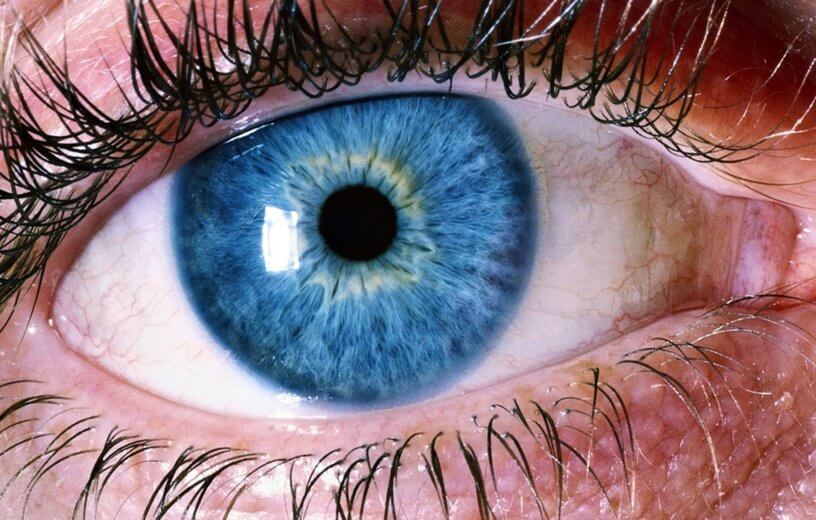ADELAIDE, Australia — Glaucoma is often parodied in movies and TV as a half-baked excuse for marijuana use. In real life, however, the eye condition is the number one cause of blindness on a worldwide scale. On a positive note, researchers at Flinders University report that a promising newly developed glaucoma test is the best yet. The new test is capable of identifying 15 times the number of people at high risk of glaucoma that existing genetic tests discover.
These findings are just the latest in an on-going collaborative initiative between Flinders University, the QIMR Berghofer Medical Research Institute in Brisbane, Australia, and a number of other research partners intended to help establish and identify genetic risk factors tied to glaucoma.
“Early diagnosis of glaucoma can lead to vision-saving treatment, and genetic information can potentially give us an edge in making early diagnoses, and better treatment decisions,” says lead researcher and Flinders Associate Professor Owen Siggs in a university release.
Using blood and saliva to reveal eye issues
Senior study author Jamie Craig says this latest work suggests the new screening test may potentially revolutionize both glaucoma screening and management.
“Genetic testing is not currently a routine part of glaucoma diagnosis and care, but this test has the potential to change that. We’re now in a strong position to start testing this in clinical trials,” the Flinders professor explains.
Researchers tested a total of 2,507 Australian citizens diagnosed with glaucoma during this study, as well as an additional 411,337 individuals with and without glaucoma living in the United Kingdom. This new test, which requires either a blood or saliva sample, separates itself from earlier tests thanks to its ability to identify high-risk individuals before major symptoms appear and irreversible vision loss occurs.
Estimates show that about three million Americans have glaucoma, but easily accessible means of early detection can help the majority of glaucoma patients retain their eyesight. Once diagnosed, there are a number of treatments available that are effective if implemented early enough.
The study is published in JAMA Ophthalmology.
